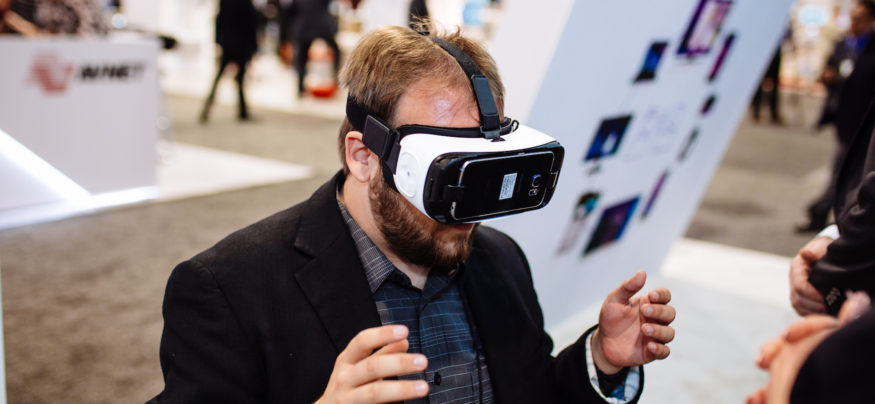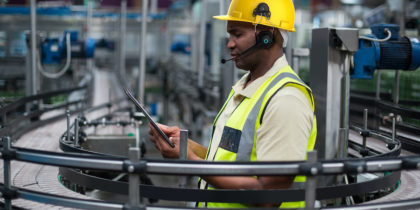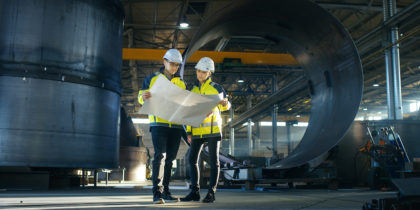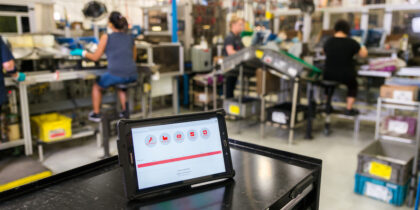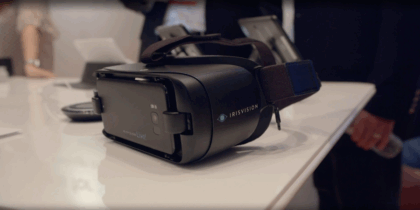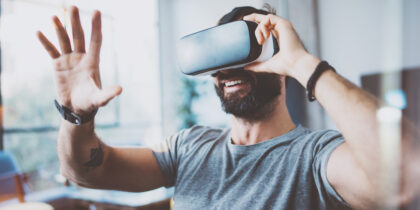Providing an immersive experience featuring virtual reality technology is helping retailers bring customers into brick-and-mortar locations. As Forbes reported, select AT&T stores have enabled customers to take virtual Carnival cruises. Similarly, Lowes’ HoloRoom lets customers use virtual reality to see what their remodeled kitchen or other updated room will look like.
While some retailers are starting to use virtual reality in their active stores, Under Armour has gone a step further, offering Boston-area residents a virtual peek inside its Brand House store before it even opens. While the new store is under construction in the city’s Prudential Center and will open sometime in November, according to Boston Magazine, it’s already creating buzz by enabling customers to take an immersive, 3D tour of the facility. Under Armour is further engaging customers with its virtual host, popular Boston Red Sox center fielder Jackie Bradley, Jr., who discusses the features of the soon-to-open Under Armour Brand House while leading the virtual tour of the store. The immersive experience not only builds customer excitement about the new store, but the virtual reality technology also enables Under Armour to gather essential data from interested customers so they can receive specially tailored content, according to the ICX Association.
Retailers Increasingly Leveraging VR Technology
A Forbes report predicts that virtual reality will become ubiquitous for retailers in the next few years as they look for ways to reinvigorate the retail experience for consumers. Samsung Gear VR technology is compatible with a range of Samsung Galaxy smartphones, providing an untethered, mobile solution to enhance customer engagement. VR enables customers to not only tour stores, as with the Under Armour Brand House, but also to obtain additional product information, such as demonstrations on how to use certain items, as they “look” at each product in the store. Brands and store owners can also provide shoppers with information about additional items which may or may not be at the physical location.
Brands and store owners benefit as well, receiving immediate feedback on which items catch consumers’ eyes and which are simply ignored. This data enables owners to more closely match their in-store inventory to the items that customers actually want. Retailers can also help ensure the success of new locations by using virtual reality to test different store layouts and configurations in order to optimize shopper traffic patterns before a location opens.
Retailers are increasingly using experiential retail to draw customers to their brick-and-mortar locations. Learn about more ways stores are using cutting-edge technology to enhance the customer experience.
